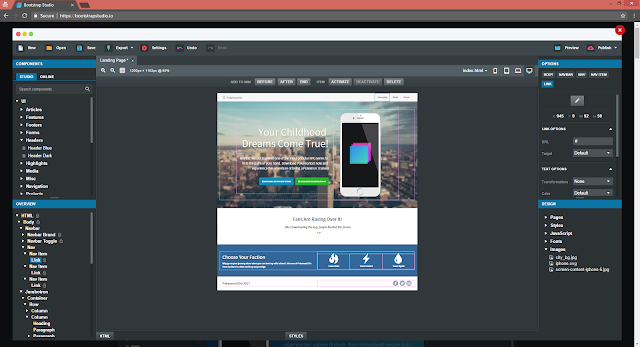Don't make me think.
The first thing that got my attention on this book was the kind of language it uses. It is very conversational; it applies humor to a subject that can sometimes be boring. The result it is an engaging read for us.
I like the way the author often analyses the human behavior and attitudes toward the web. For example, in chapter 2 he states "We don't read pages. We scan them." He explains his observation, illustrates it with an unusual analogy – the point of view of a dog when its owner is giving orders – and makes a conclusion.
On that topic, I totally agree with Krug. We only see what is interesting to us while we are online. Unless you have a lot of spare time, we often go online to find specific information or personal interests and we bypass everything that is not related to what we are trying to find.
He goes on with that scanning process in chapter three. The way information is presented online must be simplified. Designers shouldn't treat text like a book on the web. They must format that content. By using headers, bullet points, shorter paragraphs and highlighting key terms the text will be much more scannable, easing the process of finding the wanted information by who browsing the website.
I just disagree when he comments about the trigger words hardwired into our nervous systems. "Free and "Sale" are words on the Web that can be misleading.
P.S. Curious to read The Design of Everyday Things.

Comments
Post a Comment